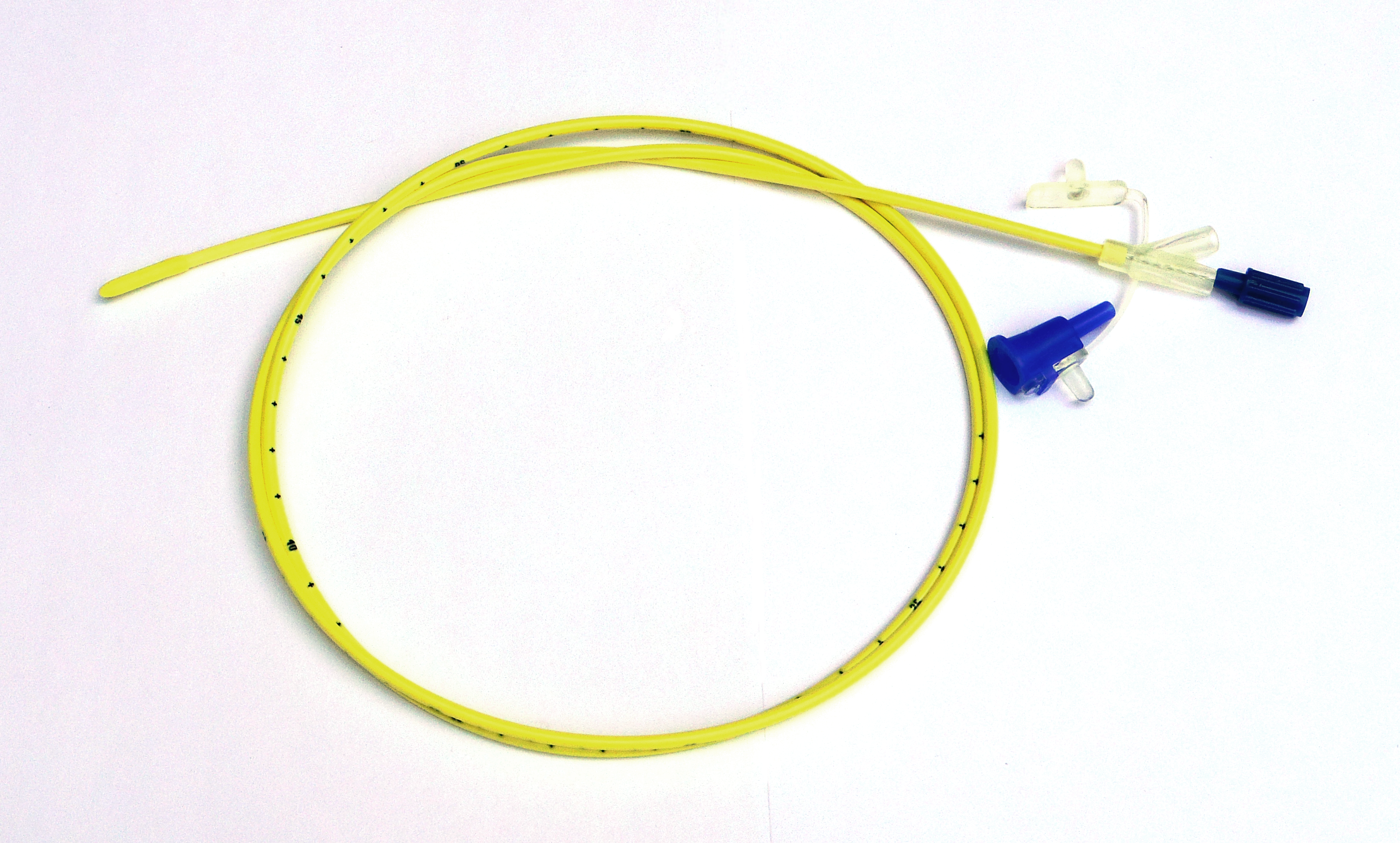
Enteral feeding plays a crucial role in delivering nutrition directly to those unable to eat or drink normally. In neonatal and paediatric care, specialised feeding pipes are available to cater to the delicate needs of these patients. With options like the Argyle Neonatal and Paediatric Feeding Tube EnFit and Non-EnFit, it’s essential to understand which types might be most suitable. Let’s explore these feeding options, their uses, and practical tips for maintenance.
Types of Enteral Feeding Tubes: EnFit and Non-EnFit Options
When selecting enteral feeding products, it’s important to know the differences between various tube types. Argyle offers two primary options for neonatal and paediatric care: EnFit and Non-EnFit tubes. Each is designed with specific applications and safety features, ensuring that infants and young children receive nutrition effectively.
The EnFit design has a specialised connector, preventing accidental disconnections and reducing risks of cross-contamination. This system complies with global safety standards, particularly beneficial for preventing mix-ups in neonatal and paediatric units.
On the other hand, the Non-EnFit tubes are often used in traditional setups and may be compatible with different hospital systems or caregivers’ preferences. Understanding the specific needs of the patient and the healthcare environment can guide the choice between these types.
Uses of Enteral Feeding Tubes in Neonatal and Paediatric Care
Feeding tubes are invaluable in providing essential nutrients when oral feeding is not an option. In neonatal and paediatric care, they play a critical role in supporting the growth, development, and recovery of infants and children with unique nutritional needs.
- Support for Premature Infants
Premature infants often face challenges in feeding independently due to underdeveloped gastrointestinal systems or difficulty with sucking and swallowing. Enteral feeding tubes enable the safe and gradual introduction of nutrients, which is essential for their development. Feeding through a tube ensures that these infants receive steady, adequate nutrition to promote healthy growth, immune support, and organ maturation during their critical early weeks. - Assistance for Infants and Children with Medical Conditions
For some paediatric patients, health conditions such as gastrointestinal disorders, metabolic diseases, or neurological impairments can make oral feeding unsafe or ineffective. Enteral feeding tubes offer a reliable method to deliver nutrition, especially for children who have difficulty with swallowing or digestion. This approach prevents malnutrition and supports the healing process, helping children maintain a balanced intake of calories, vitamins, and minerals. - Transition Support in Critical Care
Children recovering from surgery or undergoing intensive medical treatment may need temporary support to meet their nutritional needs. Enteral feeding tubes offer a controlled method to deliver nutrients, ensuring they do not lose strength and can recover more effectively. Once they are ready for oral feeding, healthcare teams can gradually wean them off the tube. - Long-term Nutritional Support
For children with chronic conditions that permanently affect their ability to eat, enteral feeding tubes provide a sustainable, long-term option for safe feeding. This consistency helps prevent growth delays, reduces the risk of complications related to malnutrition, and promotes a better quality of life.
Practical Tips for Enteral Feeding Tube Maintenance
Maintaining an enteral tube requires careful attention to hygiene and regular checks to ensure it functions correctly. Here are some practical tips for keeping feeding tubes safe and effective:
- Cleanliness is Key: Always wash hands thoroughly before handling the pipe or any related equipment. This practice reduces the risk of infections, which is especially critical in neonatal and paediatric care.
- Flush Regularly: To prevent blockages, flush the tube with a prescribed solution, often sterile water, as recommended by a healthcare provider. This step is particularly important for long-term feeding setups.
- Monitor for Discomfort: Check for signs of irritation or discomfort around the tube site. Redness, swelling, or leakage can indicate issues that need medical attention. Proper placement and monitoring help prevent complications.
- Replace as Needed: Pipes may need replacement based on usage duration or manufacturer guidelines. Always follow the recommendations for changing the pipe to maintain safety and functionality.
When it comes to choosing and maintaining enteral feeding products, especially for neonatal and paediatric patients, understanding the options is essential. Maintaining and monitoring these tubes ensures that young patients receive consistent, safe nutrition, aiding in their growth and recovery. It’s about creating a secure, hygienic environment that allows children to thrive even when typical feeding isn’t possible.

